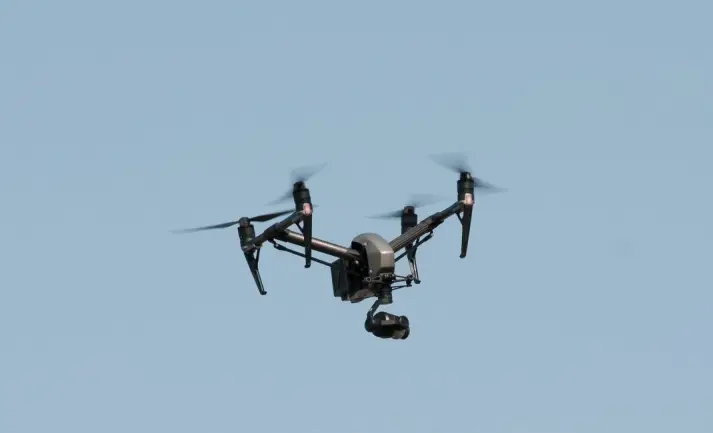
KYIV, UKRAINE—Reports have emerged suggesting that Russian forces are employing a dangerous new tactic in Ukraine: using modified Shahed loitering munitions (kamikaze drones) to remotely scatter anti-tank mines from the air, according to claims by Ukrainian military experts and media. This development expands the threat from drone attacks beyond the immediate blast, creating a long-term hazard for both civilians and emergency personnel.
Modified Shahed Drones Deploy Mines
The alleged modification involves attaching containers of anti-tank mines—specifically mentioned as PTM-3 mines in external reports—under the wings of the Iranian-designed Shahed drones, known in Russian service as the Geran series. Ukrainian military expert Serhiy Flash recently claimed that Russian forces are using two such containers per drone, releasing the mines to fall to the ground.
This new capability has reportedly been observed in the northern Sumy region, where drone sightings have been frequent in recent days. The use of a one-way attack drone like the Shahed for mine-laying represents a significant shift in Russian tactics, enabling them to remotely mine roads, fields, and other critical infrastructure areas far from the immediate front line.
A Persistent and Widespread Threat
The mines airdropped by these drones pose a threat that persists long after the initial drone attack. The PTM-3, a scatterable anti-tank mine, is designed to arm itself after deployment and can detonate via a non-contact magnetic fuse that reacts to metal.
Danger to Civilians: Due to their metal-container shape, the mines can be easily mistaken for drone wreckage, debris, or other innocuous objects. They can detonate when approached by pedestrians or vehicles, including tractors working in agricultural fields. Casualties among farmers are a major concern.
Targeting Rescue Efforts: By leaving behind residual explosive hazards, the tactic aims to impede and endanger rescue and de-mining operations, prolonging a state of fear and disruption in the affected areas.
National Reach: While the Sumy region has been a focal point for this specific tactic, the Ukrainian Ministry of Internal Affairs has warned that such attacks could occur across the entire country, noting that the first confirmed case was reported near the capital, Kyiv.
Authorities are urgently warning residents to adhere to strict safety protocols: "Do not touch suspicious objects under any circumstances and report them immediately."
An "Insidious" Evolution of Warfare
Military analysts have condemned the integration of remote mine-laying capability into Shahed-type drones as an "insidious and malicious tactical change." They suggest the objective is not merely immediate destruction but rather wide-area denial and the creation of long-term terror by saturating areas with explosive remnants of war. This latest development underscores the evolving and increasingly dangerous use of uncrewed aerial vehicles in the conflict.
[Copyright (c) Global Economic Times. All Rights Reserved.]






























